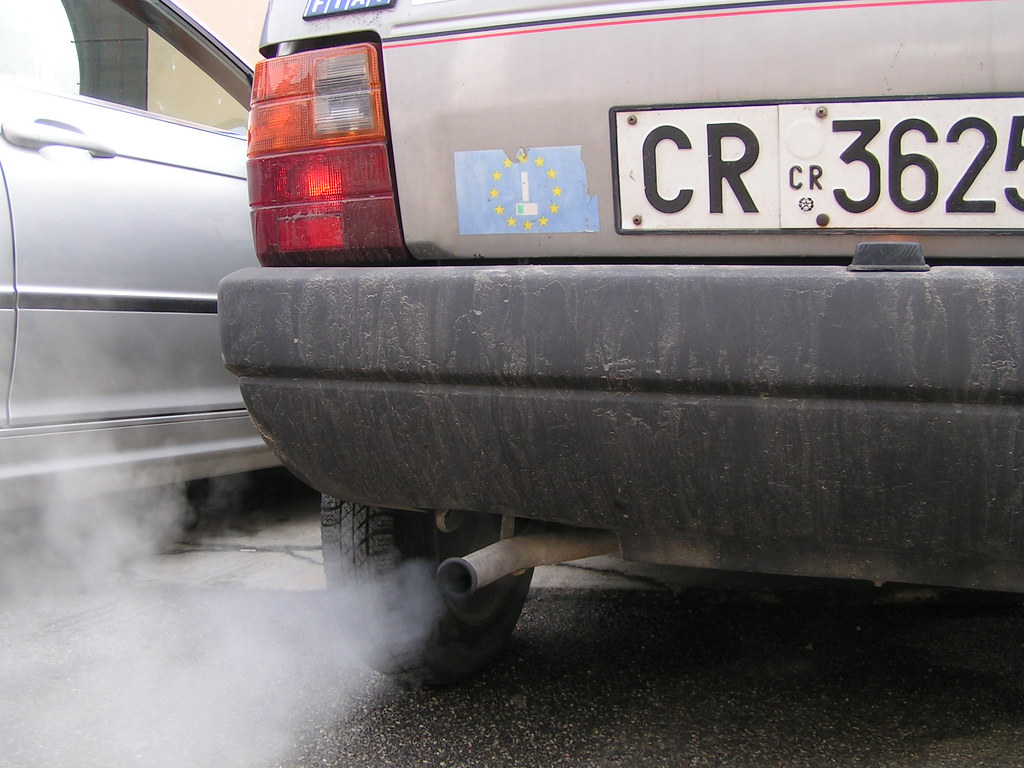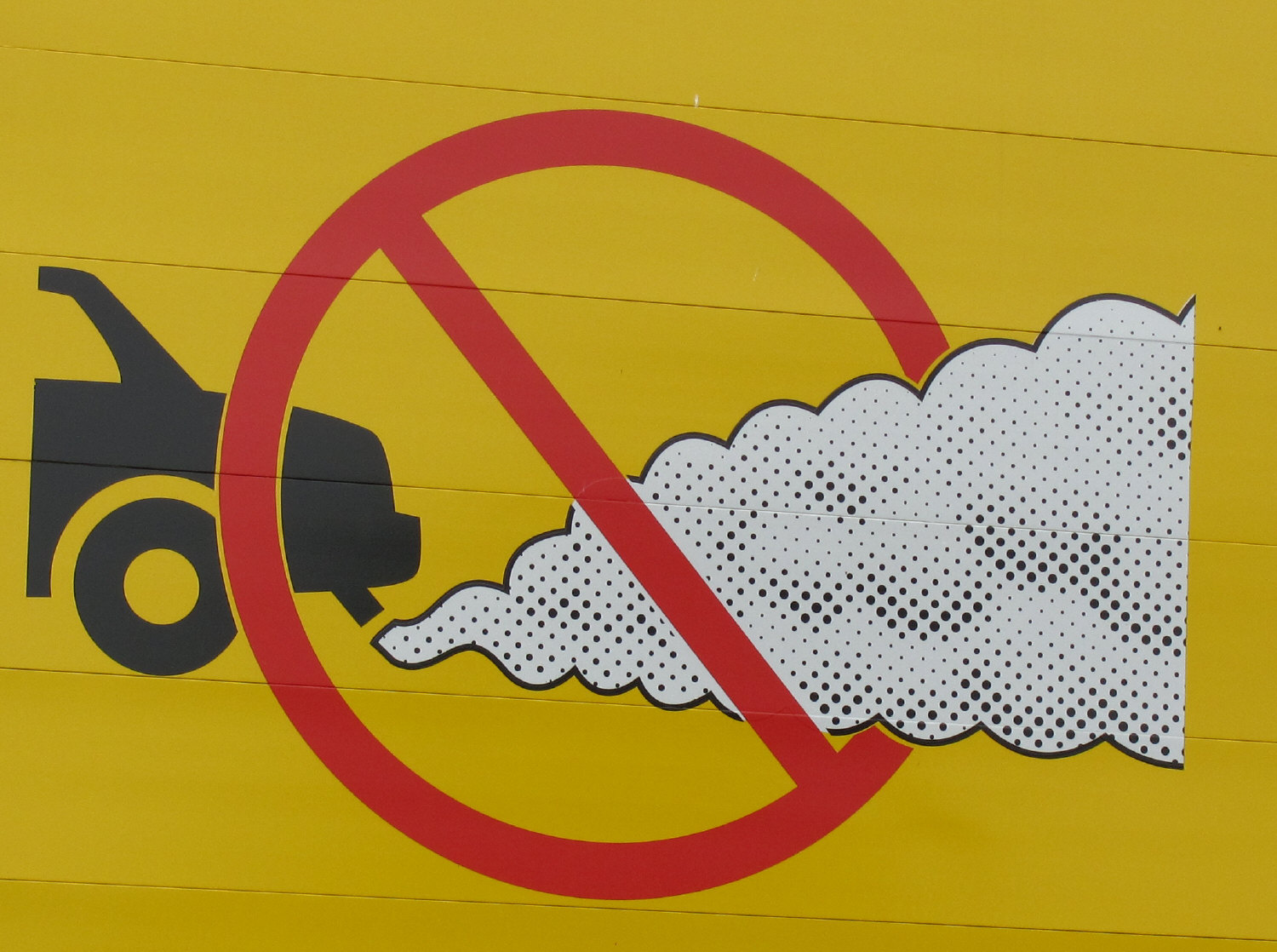Summary
– Symptoms of unstable idling
– Causes of unstable idling
– Unstable idle: repair costs
While the symptom may seem insignificant, the diagnosis of an unstable idling is complex, as there are many possible causes. Here are a few keys to better understand the resolution of this type of malfunction.
Symptoms of an unstable idling
The nominal value of the idling speed is accurate to within 20 rpm (in revolutions per minute). Depending on the manufacturer, it is between 750 and 900 rpm.
Variations of 100 rpm define unstable idling and more being noted, leading to engine stalling. It can be accompanied by smoke emissions and lighting of the diagnostic light for vehicles equipped with ECU-controlled injection.
Causes of unstable idling

Unstable idling can be linked to many causes; this is why it is imperative to apply a precise and coherent diagnostic methodology, supported by an excellent knowledge of the car’s engine.
Unstable idle: preliminary checks
The first thing to do is a visual check of the following points:
– exhaust smoke analysis:
◦ if black smoke: abnormal enrichment of the air/fuel mixture (clogged air filter, incomplete combustion in a cylinder, malfunction of the water temperature sensor…);
◦ if white smoke: the presence of water or coolant in the intake or cylinders (cylinder head gasket).
– inspection of the engine compartment: pierced air supply hoses, disconnected air vacuum hoses (at the pump, vacuum or brake booster, on solenoid valves…), electrical connectors disconnected on sensors or actuators;
Good to know: you can check the faults recorded by the engine ECU using a diagnostic tool: if positive, the search will then focus on the engine’s electrical components.
Unstable idling: checking the components
The component to be checked in priority will depend on the probability of its involvement and its accessibility in the engine. This is an important criterion, especially on modern car engines; the rule is to dismantle as little as possible; otherwise, the diagnosis will be overworked and may erase the malfunction (an electrical connection could be temporarily restored involuntarily before the vehicle breaks down again).
All in all, there will be various avenues to follow…
Checking the electrical components
Their operating parameters can be checked with the diagnostic tool or an oscilloscope, especially the motorized throttle for gasoline cars, which controls engine idle.
Checking hydraulic pressures
You should also check the hydraulic pressures of the fuel supply and high-pressure injection systems. Bring your car to a professional auto garage so that the analysis can be done on the fuel system with the help of appropriate pressure gauges and fittings.
|
Control points |
Nominal values |
|---|---|
|
Fuel injection supply circuit |
2.5 to 3.5 bar |
|
Common-rail diesel direct injection supply circuit |
3 to 5 bars |
|
High-pressure gasoline direct injection circuit |
40 to 150 bars |
|
High-pressure common-rail diesel injection circuit |
200 to 2000 bars |
Note: for the high-pressure common rail diesel injection system, the control is also done by measuring the return flow of diesel to the tank.
Compression pressures
– Incomplete combustions can be the result of a lack of compression due to a deterioration of an internal engine component; it is then necessary to measure the end of compression pressures: at the starter action, for each cylinder, the measurement is taken by the location of the spark plug for gasoline engines, that of the injector or the glow plugs for diesel engines.
– Even better, a leakage test can be used to precisely target engine failures: the principle is to inject air under pressure into a cylinder, with the piston at the top dead center and the valves closed. It is then easy to identify the source of air leaks and their severity by the percentage value of leaks.
Table showing examples of control values
|
Type of measurement |
Correct value |
|---|---|
|
Compression pressures of gasoline |
Between 9 and 14 bars |
|
Diesel compression pressures |
More than 22 bars |
|
Leakage control |
Less than 10% leakage |
Adjustment values: when they exist, non-conforming values can imply an unstable idle (valve adjustment, timing, spark plug spacing…).
Unstable idling: repair costs
As mentioned, the causes of an unstable idle are multiple. The maintenance costs can vary considerably depending on whether you have to reconnect a hose or repair the engine, from 0 to several hundred dollars ($800 to $1,000 for a valve replacement).
However, in most cases, the failure of a component will result in an average expense of $200 to $400, provided the technician has made a good diagnosis beforehand.

